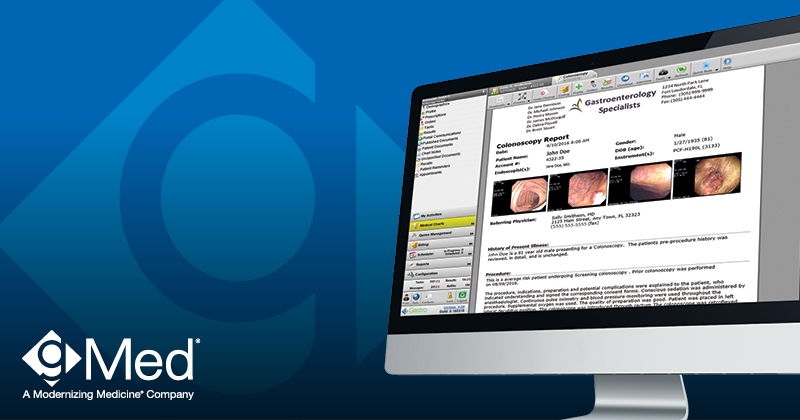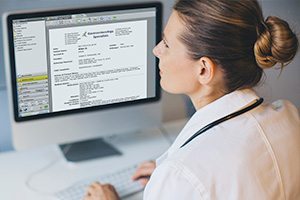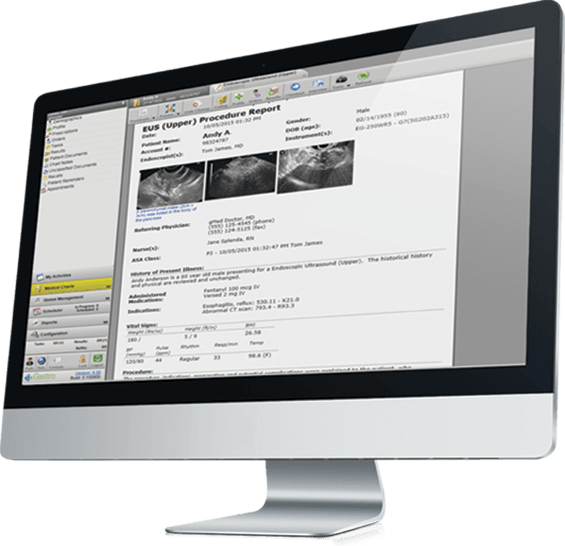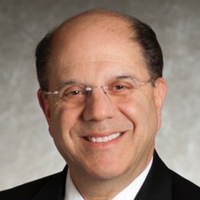Top 10 Questions to Ask an Endoscopy Report Writer Vendor

In the market for endoscopy report writer (ERW) software, but don’t know what to look for? I’m here to help. To make your search a little simpler, I’ve collected some of the top questions to ask a prospective endowriter vendor, along with the answers you should hopefully hear.
1. How user-friendly is your endowriter?
Answer to look for: Very—it’s intuitive and simple to use
If you have software that’s difficult to use, it distracts you from focusing on your patients and your work. Find a friendly ERW solution that feels like a natural part of your workflow. One that allows you to search your migrated EndoWorks® data similar to how you search the  internet. Why? Some endoscopy software vendors don’t let you search information in your migrated data if it’s in a PDF format. But you can perform searches with an endowriter that imports the data as text. This is important for when you’re doing studies, looking for device usage, searching the patient procedural database and participating in registries such as GIQuIC. Also, it’s key to have an endowriter that’s integrated with a gastroenterology EMR system and gastroenterology practice management system to really experience a seamless all-in-one solution.
internet. Why? Some endoscopy software vendors don’t let you search information in your migrated data if it’s in a PDF format. But you can perform searches with an endowriter that imports the data as text. This is important for when you’re doing studies, looking for device usage, searching the patient procedural database and participating in registries such as GIQuIC. Also, it’s key to have an endowriter that’s integrated with a gastroenterology EMR system and gastroenterology practice management system to really experience a seamless all-in-one solution.
2. Is your endoscopy report writer web-based?
Answer to look for: You bet
Let’s face it: you’re busy. You don’t always have time to finish a procedure note in the hospital, check on patients for tomorrow or even track how well your office is performing. With web-based gastroenterology software, you’re not tied down to one spot. You can do all of those things virtually anywhere you have an internet connection, giving you the freedom to work from where you need to be. Now that’s convenient.
3. Does your endowriter offer a cloud-based option?
Answer to look for: Absolutely
While servers can make sense for certain organizations, the industry is increasingly moving towards cloud environments because of the many potential benefits they offer. For one, think about how much storage space your endoscopy report writer server currently takes up. What else could you do with that space if you switched to the cloud? And how much money could you spend on other things if you didn’t have to sink it into server maintenance and server licenses? If those advantages aren’t enough, also consider that switching to a cloud-based endowriter may also enable you to use the same healthcare interface at several different locations in your network.
4. Does the contracted price include general update costs?
Answer to look for: Yes
Surprises can be a good thing—but usually not when it comes to software costs. So when choosing endoscopy documentation software, make sure you know up front what your costs are, including system update costs. There are vendors out there who may charge extra for updates that are provided to all clients generally. Imagine if you checked into a hotel and learned that you’d received a room upgrade, but you had to pay extra for it whether you wanted the upgrade or not. That’s the wrong kind of surprise.

5. Do you limit the number of people who can use the software simultaneously?
Answer to look for: No; that would waste your time
Have you ever had to wait to log on because all your licenses were being used at the same time? Extremely inefficient, right? With a vendor who allows unlimited concurrent endowriter users, you can access your endoscopy report writer even when all your procedure rooms are running. It just makes sense.
6. Can I finalize procedure notes with one click, or does it take separate selections to finalize and export documents?
Answer to look for: One click is all it takes
Your time is too valuable to spend getting bogged down in administrative tasks. That’s why one notable endoscopy report writer includes a Process All button. Designed to save you time, this button can finalize your procedure note in one click, which then triggers the report back into the hospital and patient chart. That, in turn, sends the referral and discharge letters and submits the charges to your gastroenterology billing and collections in-house team or vendor. Knowing that all those tasks were taken care of with just one click allows you some much-deserved peace of mind.
7. Do you charge extra for interfacing with GIQuIC, migrating EndoWorks data or adding a pulmonary module?
Answer to look for: Nope, those are included
If you like saving money, join the club. No gastroenterologist I’ve ever met wants to pay extra for GIQuIC interfacing, EndoWorks data migration or adding a pulmonary module, but many Endoworks replacement software vendors do charge for them. And it can add up. So make sure to ask about these capabilities up front, because there are endoscopy report writer vendors out there that will offer them at no additional charge.
8. Will integrating nursing notes save time for my staff, too?
Answer to look for: Of course
Healthcare should be about treating patients, not entering data. Documenting the same note multiple times slows your staff down, plus the chances of making an error increase every time you have to manually input notes. So look for gastroenterology software with integrated nursing notes. By cutting down on duplicate data entry for staff, you’ll not only save time but also help eliminate errors. In addition, when nurses document in the same system as the physician, you don’t have to worry about doing it again later in the process.
9. Will I need to spend hours customizing my endoscopy report writer to fit my workflow?
Answer to look for: No; you’re not a computer engineer
You should be spending your time caring for patients, not setting up your software. In your ERW search, find out which vendors have actual gastroenterologists on staff helping program their software. By having physicians who actually use the ERW help design it, they can create an endowriter that fits your unique workflow without needing large-scale customization. If you do end up wanting to fine-tune it after implementation, that’s completely fine. Just remember that the endoscopy reporting software you choose should make fine-tuning easy for you, and it shouldn’t take hours of work just to make it usable.
10. Does the system provide tools for diagnosing our performance?
Answer to look for: Yes—powerful ones
Now that value-based reimbursement is in full swing, it’s no longer an option not to know how you’re performing or what your patient outcomes look like. But you don’t have time to spend hours diving into every detail either. So make sure to choose endoscopy report software that provides powerful analytical tools. From enterprise-wide KPIs to patient-level details, the right reporting platform can help you easily uncover actionable insights into the clinical, financial and operational aspects of your business. Even better, some gastroenterology systems provide analytics software that works in the background and automatically runs reports as you go through your day. That’s a great way to save some time.
By asking your prospective ERW vendor these questions about usability, pricing and reporting, you’ll be well on your way to identifying a system that meets your needs. In my 40+ years of clinical experience, I’ve encountered one particular system that has the right answers to all these questions: the endoscopy report writer from gMed®, a Modernizing Medicine company®.
gMed’s ERW software was chosen by Olympus® as a preferred replacement for EndoWorks. After using gMed’s ERW myself for 16 years, I remain impressed with their intuitive, easy-to-use technology and continued improvements. That’s why I decided to join the gMed team as an advisor to help further advance their solutions. If you’re interested in learning more about gMed’s endowriter, visit this page or get in touch with the gMed team.





